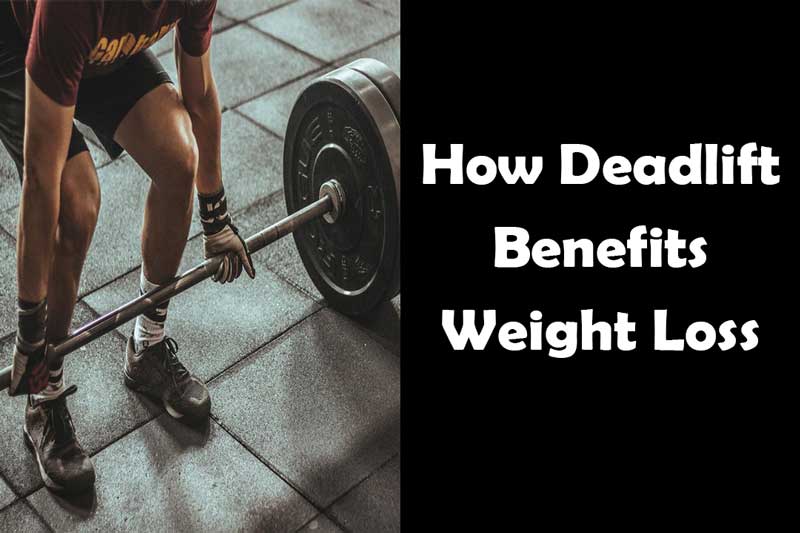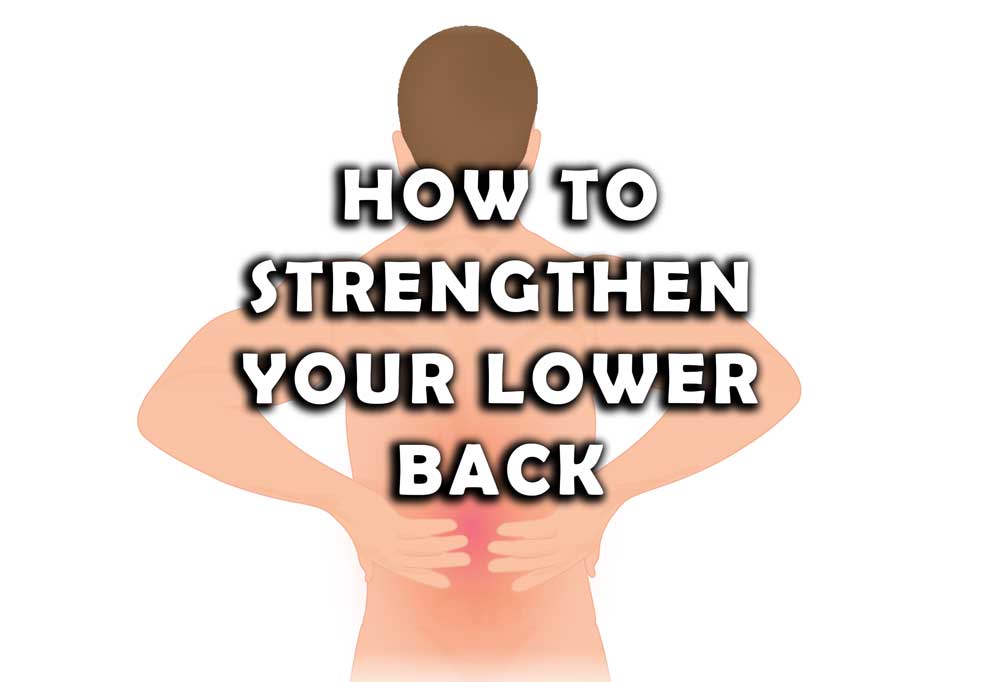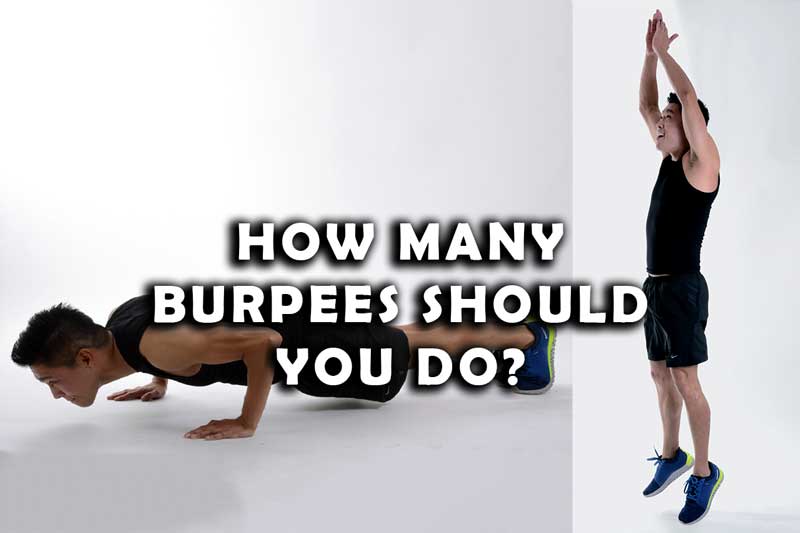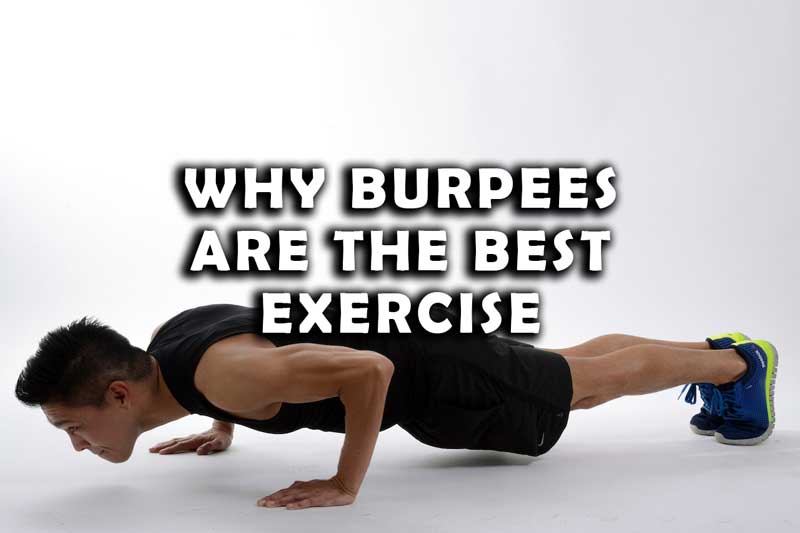Wondering if deadlift benefits in weight loss along with strength development? Well, yes, deadlifting can help you build strength as well as can help you lose weight in the form of fat.
This compound exercise is a powerhouse when it comes to burning calories, building muscle, and boosting your metabolism.
In this article, we will delve into the various ways deadlift benefits weight loss, along with a sample routine to get you started on your fitness journey.
The Power of Deadlifts
When it comes to strength training exercises, the deadlift stands out as a true heavyweight exercise. It is one of the most beneficial strength building exercises.
This is because it involves lifting a loaded barbell from the floor to a standing position, engaging multiple muscle groups in the process.
Deadlifts primarily target the muscles in your lower body, including the glutes, hamstrings, quadriceps, and calves. However, they also engage your core, back, and upper body muscles, making it a truly full-body workout.
Deadlift and Calorie Burn And Weight Loss Benefits
One of the key benefits of deadlifts for weight loss is their ability to burn calories. Here are some points on how deadlift benefits weight loss and calorie burn.
- Deadlifts are a compound exercise, meaning they involve multiple joints and muscles working together. This requires a significant amount of energy expenditure, leading to a higher calorie burn compared to isolation exercises.
- The heavier you lift the more energy and strength is required. Hence, more will be calorie burn and more it benefits in weight loss.
- Increasing the sets and reps of your deadlift will even put oil in the fire and burn more calories.
- Incorporating deadlifts into your workout routine can help you create a calorie deficit, which is essential for weight loss.
Muscle Building and Fat Loss
Deadlifts are not only effective for burning calories but also for building lean muscle mass. When you perform deadlifts, you activate and strengthen a wide range of muscles throughout your body.
Over time it will help you tone your muscles and increase your muscle mass. So, as you increase your muscle mass, your body’s metabolism gets a boost, resulting in increased calorie burning even at rest.
Additionally, having more muscle helps you burn more fat during your workouts and throughout the day. The best thing about deadlifting is that when you perform it, it leads to a lot of energy usage and hence leading to weight loss. At the same time being a strength exercise when you lift heavy, you are building muscle strength and it increases muscle synthesis. This means you won’t lose muscles but only fat during weight loss.
Metabolism Boosting Effects
One of the remarkable benefits of deadlifts is their impact on your metabolism.
Deadlifts stimulate the release of growth hormone, which plays a crucial role in fat metabolism and muscle development.
By incorporating deadlifts into your training routine, you can enhance your metabolism and optimize your body’s fat-burning capabilities.
This can be especially beneficial for long-term weight loss and weight management.
Deadlift Technique and Safety
While deadlifts offer numerous benefits, it’s crucial to prioritize proper technique and safety to prevent injuries. Before attempting deadlifts, it’s advisable to seek guidance from a qualified fitness professional who can teach you the correct form and provide personalized recommendations.
Remember to start with lighter weights and gradually progress as you build strength and confidence. Always prioritize maintaining a neutral spine, engaging your core, and using your legs to lift the weight.
How to Do Deadlift for Weight Loss Benefits
To perform a deadlift for weight loss, follow these steps:
- Stand with your feet shoulder-width apart and the barbell on the floor in front of you.
- Then, bend your knees and hinge at your hips to lower down and grip the barbell with an overhand grip, hands just outside your legs.
- Keep your back straight, chest up, and core engaged.
- Drive through your heels, push your hips forward, and lift the barbell as you stand up.
- Keep the barbell close to your body throughout the movement.
- Once you reach a fully upright position, lower the barbell back down to the floor with control.
- Repeat for the desired number of repetitions.
Also, remember to start with a weight that allows you to maintain proper form and gradually increase the weight as you become more comfortable and stronger.
Sample Deadlift Routine for Weight Loss
Here’s a sample deadlift routine that you can incorporate into your weight loss program. Remember to warm up adequately before each session and consult a fitness professional if you’re new to deadlifts.
Monday:
- Warm-up: 5-10 minutes of dynamic stretching and light cardio.
- Deadlifts: 3 sets of 8 reps with a challenging weight.
- Romanian Deadlifts: 3 sets of 10 reps.
- Squats: 3 sets of 12 reps.
- Walking Lunges: 3 sets of 12 reps per leg.
- Plank: 3 sets of 30-60 seconds.
Wednesday:
- Warm-up: 5-10 minutes of dynamic stretching and light cardio.
- Deadlifts: 4 sets of 6 reps with a moderate weight.
- Bent-Over Rows: 3 sets of 8 reps.
- Dumbbell Step-Ups: 3 sets of 10 reps per leg.
- Russian Twists: 3 sets of 12 reps per side.
- Mountain Climbers: 3 sets of 10 reps per leg.
Friday:
- Warm-up: 5-10 minutes of dynamic stretching and light cardio.
- Deadlifts: 5 sets of 5 reps with a challenging weight.
- Pull-Ups or Lat Pulldowns: 3 sets of 8 reps.
- Bulgarian Split Squats: 3 sets of 10 reps per leg.
- Leg Press: 3 sets of 12 reps.
- Bicycle Crunches: 3 sets of 15 reps per side.
Conclusion – deadlift benefits for weight loss
In conclusion, deadlifts are a fantastic exercise for weight loss due to their calorie-burning, muscle-building, and metabolism-boosting effects. By incorporating deadlifts into your fitness routine, you can furthermore accelerate your progress towards achieving your weight loss goals.
However, remember to prioritize safety and proper technique to avoid injuries. Consult with a fitness professional to ensure you’re performing deadlifts correctly and to receive personalized guidance based on your fitness level and goals.
You might also like:
FAQs (Frequently Asked Questions)
1) Can anyone perform deadlifts for weight loss, regardless of fitness level?
Yes, deadlifts can be modified and tailored to suit different fitness levels. Beginners should start with lighter weights and focus on proper form before progressing to heavier loads.
2) How often should I perform deadlifts for weight loss?
It’s recommended to include deadlifts in your routine 1-3 times per week, depending on your training experience and recovery ability. Remember to allow sufficient rest between sessions to promote muscle recovery.
3) Can deadlifts help with body recomposition?
Absolutely! Deadlifts are an excellent exercise for transforming your body composition by increasing muscle mass and reducing body fat.
4) Is it normal to feel soreness after deadlift workouts?
Yes, it’s common to experience muscle soreness, especially if you’re new to deadlifts or have increased the intensity of your workouts. Ensure you allow your muscles time to recover and adapt.
5) Are there any alternatives to barbell deadlifts for weight loss?
If you don’t have access to a barbell, you can still enjoy the benefits of deadlifts by using dumbbells, kettlebells, or resistance bands. These variations provide similar muscle engagement and calorie burn.
Incorporating deadlifts into your fitness routine can be a game-changer for your weight loss journey. Embrace the power of this compound exercise, stay consistent, and enjoy the transformative benefits it brings to your body and overall well-being. Remember to consult with a healthcare professional before starting any new exercise program, especially if you have pre-existing health conditions. Let the deadlift propel you towards your weight loss goals and a healthier, fitter you!





